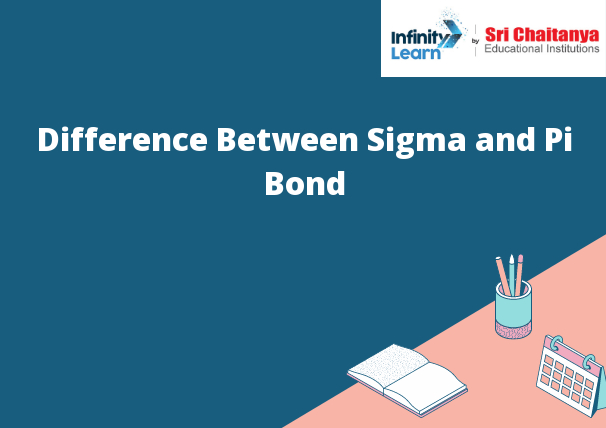Table of Contents
Introduction to Sigma and Pi Bonds
A sigma bond is a type of covalent bond that is formed when two atoms share a pair of electrons. The electrons drawn to the nuclei of both atoms, and the force of attraction between the two nuclei and the shared electrons holds the atoms together.
A pi bond a type of covalent bond that formed when two atoms share a pair of electrons. The electrons drawn to the nuclei of both atoms, and the force of attraction between the two nuclei and the shared electrons holds the atoms together. However, in a pi bond, the electrons also attracted to each other, and this mutual attraction creates a force that binds the atoms together.

What is Sigma Bond?
A Sigma bond a covalent bond formed by the sharing of electrons between two atoms. The atoms involved in a Sigma bond are typically close together, and the bond is typically strong.
What is Pi Bond?
A pi bond a chemical bond formed when two atoms share two pairs of electrons. This type of bond is weaker than a single covalent bond, but stronger than a hydrogen bond. Pi bonds most commonly found in molecules with a lot of double and triple bonds.
Why is Sigma Bond Stronger than the Pi Bond?
The Sigma Bond is stronger than the Pi Bond because the Sigma Bond is a covalent bond while the Pi Bond is a non-covalent bond. The covalent bond is stronger because the atoms are sharing electrons while the non-covalent bond is weaker because the atoms are not sharing electrons.
Difference Between Pi and Sigma Bonds
The difference between pi and sigma bonds is that pi bonds are weaker and more flexible than sigma bonds. Pi bonds formed when two atoms share two pairs of electrons, while sigma bonds formed when two atoms share one pair of electrons.






